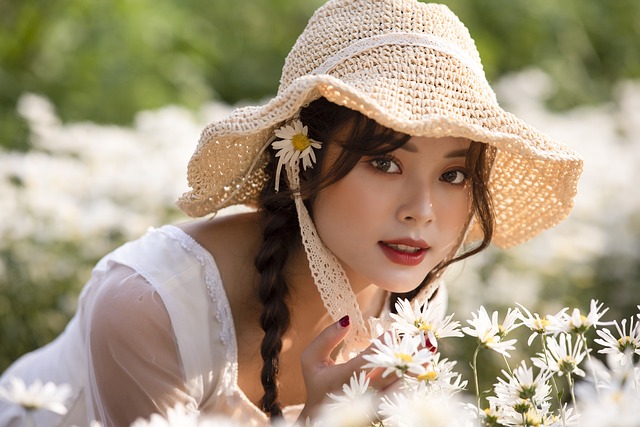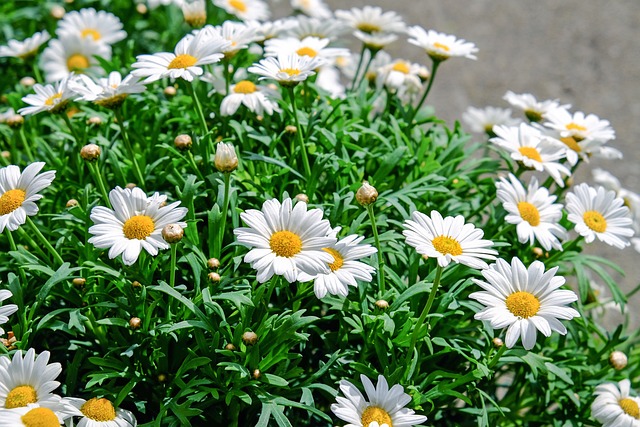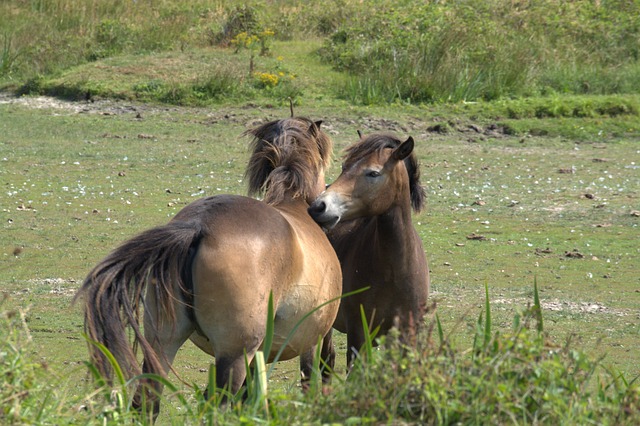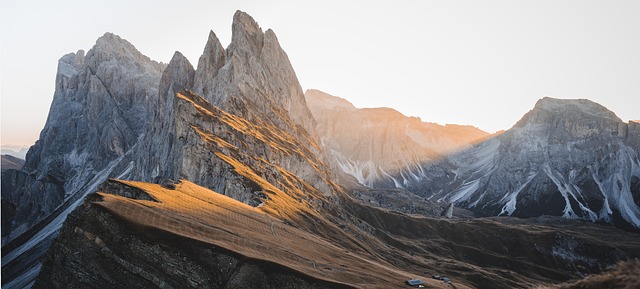
Creating A More Sustainable Garden: 7 Tips To Do More By Doing Less
Introducing ‘No Mow’ Habits
When it comes to making biodiversity friendly changes to your garden it’s important to start off by taking the most immediate, easy and impactful steps first. According to Uli Lormer, the director of Horticulture at the National Plant Trust, these steps are to ‘stop using fertilizers and pesticides’. Using these chemicals in your garden can harm beneficial insects and soil microbes, and eventually make their way into local waterways, putting fish and other aquatic species at risk. If you can commit to taking this one action, the benefits to the environment can be significant.
Letting Things Get A Little Wilder
Though we’d all love to have a picture-perfect green lawn, it isn’t a great idea from an environmental perspective. Instead, Lormer encourages everyone to at least try out leaving a few areas of their garden a little more wild. He suggests that if you have weird little corners or narrow strips that are hard to mow, you could transition them to an no mow alternative such as a native sedge.
Is 70% Native Plants Really The Crucial Threshold?
Whilst planting native plants should be an aim for everyone hoping to improve their gardens’ biodiversity, it’s not always necessary to throw out every non-native plant. Research indicates that reaching as high as a 70% threshold of native plants ‘will support the greatest insect diversity and therefore also the greatest bird diversity’. However, to reach this level shouldn’t be an immediate goal as this can take both five to ten years to achieve in a garden. That being said, by welcoming any native or regionally appropriate plant you can help the conservation process.
The National Wildlife Federation Plant Finder
The National Wildlife Federation provides a tool for gardeners that can help them to easily find native species for their garden. Its online native plant finder tool can provide you with lists of native plants that will provide the most success for wildlife when you enter your Zip Code.
Check Your Source
Lastly, when going out to buy new plants for your garden, carry out your due diligence by asking the right questions, especially with regards to whether or not, the plants have been grown using pesticides. This is because choosing to use so-called pollinator-friendly plants might be of no use if they have been grown with chemicals that will be poisonous to the pollinators.
Conclusion
By making justa few simple changes to your gardening habits and making diversification your mission when picking plants, you can go a long way towards helping your environment and improving the biodiversity of your garden.




